The world of music production has undergone a seismic shift in recent decades, largely due to the advent and evolution of Digital Audio Workstations (DAWs). These powerful software platforms have democratized music creation, allowing both seasoned professionals and bedroom producers to craft studio-quality recordings with relative ease. What began as rudimentary multitrack recording software has blossomed into sophisticated production environments that handle everything from composition to final mastering.
The Rise of the Virtual Studio
Modern DAWs have effectively replaced the tape machines and mixing consoles that once dominated professional studios. Where artists previously needed expensive hardware and dedicated studio space, they can now work entirely "in the box" using just a computer and the right software. This transition hasn't just changed where music gets made—it's fundamentally altered how music gets made. The creative possibilities that emerge from having unlimited tracks, non-destructive editing, and instant recall of sessions have reshaped the entire production process.
Contemporary producers enjoy an embarrassment of riches when it comes to DAW options. Industry stalwarts like Pro Tools maintain their stronghold in professional studios, while more accessible options like Ableton Live have become favorites for electronic music producers. The mobile production revolution has brought capable DAWs to tablets and smartphones, meaning inspiration can be captured anywhere. Meanwhile, open-source options have removed financial barriers entirely, making music production possible for anyone with a computer.
The Feature Arms Race
As competition in the DAW market intensifies, developers continue pushing boundaries with innovative features. Advanced time-stretching algorithms allow for radical tempo changes without affecting pitch. Artificial intelligence is beginning to appear in tools that can suggest arrangements or even generate musical parts. Cloud collaboration features enable artists in different locations to work on the same project simultaneously. The line between DAW and musical instrument continues to blur as software becomes more performative and immediate.
Perhaps most significantly, modern DAWs have become complete creative ecosystems. Where early versions focused primarily on recording and editing audio, today's offerings bundle sophisticated MIDI sequencing, software instruments, effects processing, and scoring tools. This consolidation means producers can often complete entire projects without ever leaving their DAW environment. The integration of visual elements in some platforms further expands creative possibilities, particularly for those working in film scoring or multimedia projects.
The Changing Role of the Producer
The capabilities of modern DAWs have redefined what it means to be a music producer. Where the role once focused primarily on capturing performances and making technical decisions, today's producers often serve as composers, arrangers, and performers as well. The ability to manipulate audio at the microscopic level has given rise to entirely new production techniques and musical styles. Beat slicing, vocal tuning, and sound design have become fundamental skills alongside traditional recording techniques.
This shift has also changed the learning curve for aspiring producers. While the technical barriers to entry have lowered, the breadth of knowledge required has expanded significantly. Understanding signal flow remains important, but so does familiarity with synthesis, sampling theory, and digital processing. The most successful modern producers often combine technical prowess with musical knowledge and creative vision, leveraging their DAW as an instrument rather than just a recording tool.
The Future of Audio Production
Looking ahead, DAWs seem poised to become even more intelligent and integrated. Machine learning may offer increasingly sophisticated assistance with mixing decisions and creative suggestions. Virtual and augmented reality could transform how we interact with our productions, moving beyond the confines of screens and mouse pointers. As processing power continues to grow, we'll likely see more real-time processing and lower latency performance, further blurring the line between recording and production.
Yet for all their technological sophistication, DAWs remain at heart creative tools. The best productions still rely on human artistry and decision-making. While the software continues to evolve at a rapid pace, the fundamental goal remains unchanged: to capture musical ideas and help shape them into finished works. In this sense, the modern DAW represents not a replacement for traditional music-making, but rather an expansion of what's possible when technology serves creativity.
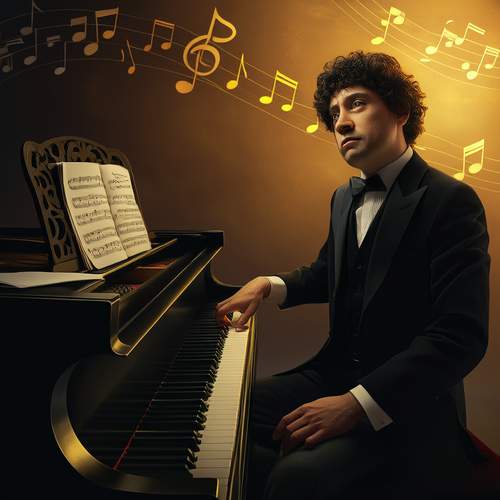
By /May 30, 2025
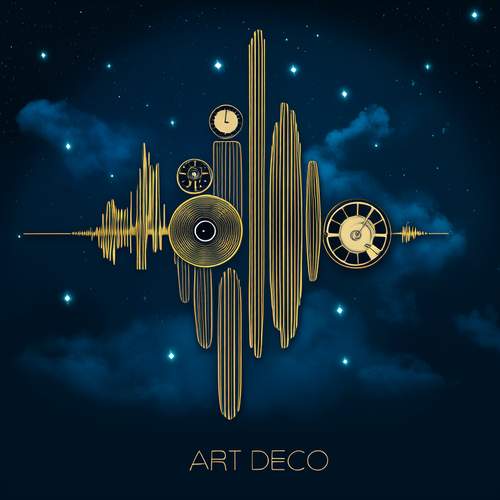
By /May 30, 2025

By /May 30, 2025
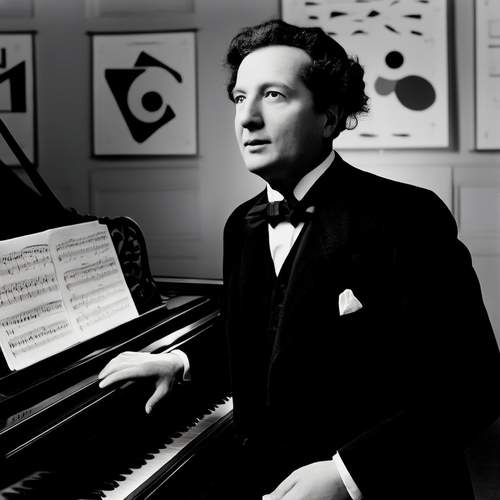
By /May 30, 2025

By /May 30, 2025
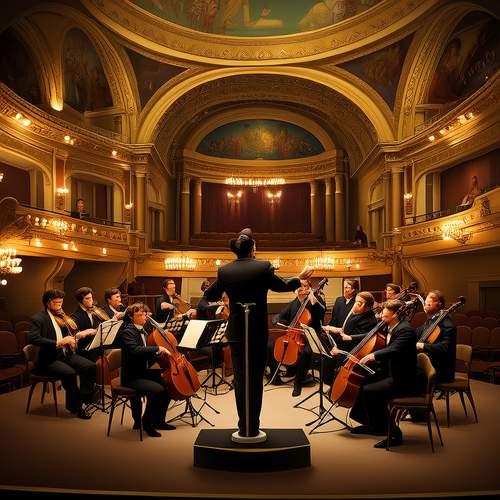
By /May 30, 2025

By /May 30, 2025
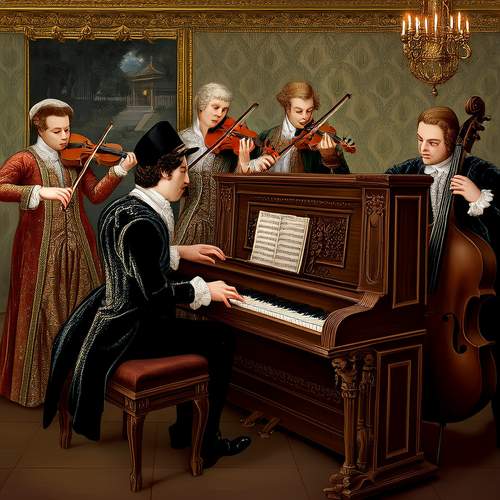
By /May 30, 2025
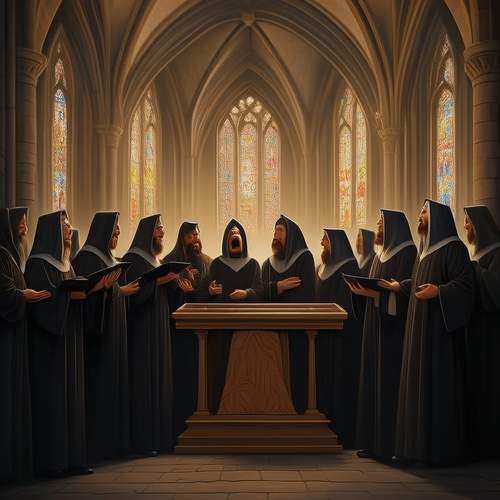
By /May 30, 2025
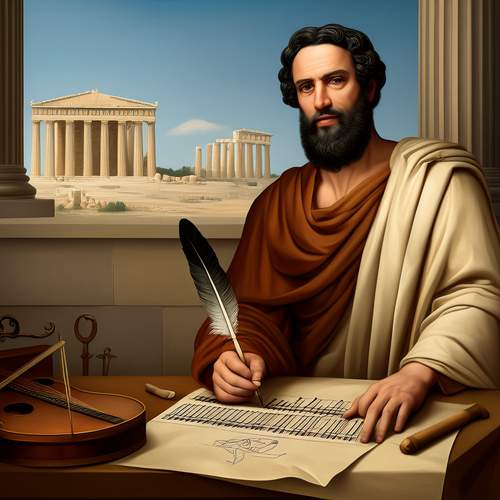
By /May 30, 2025
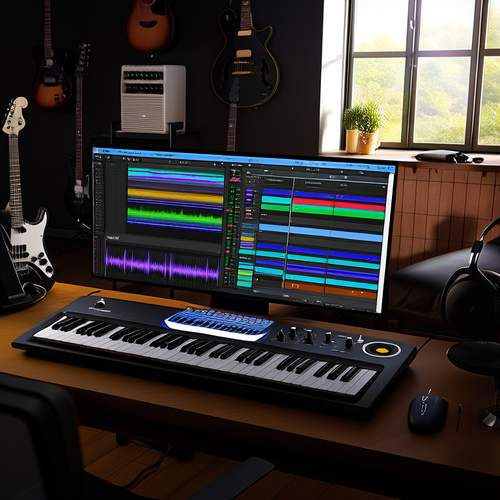
By /May 30, 2025
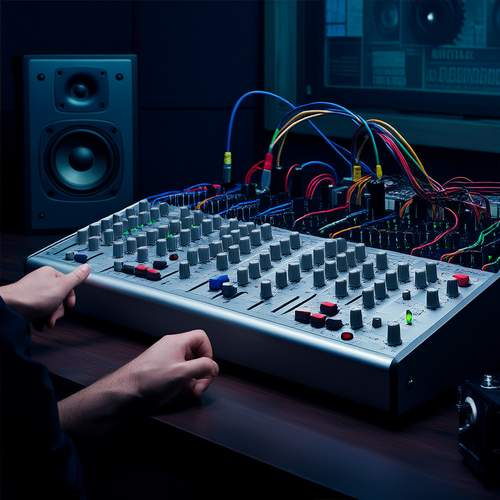
By /May 30, 2025
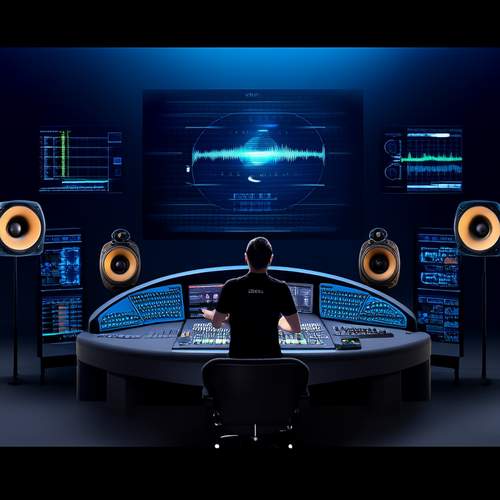
By /May 30, 2025
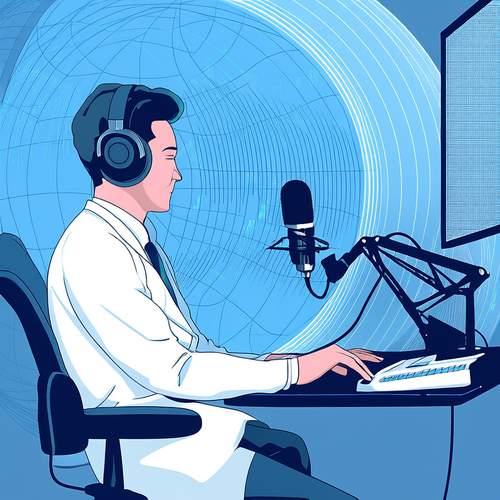
By /May 30, 2025
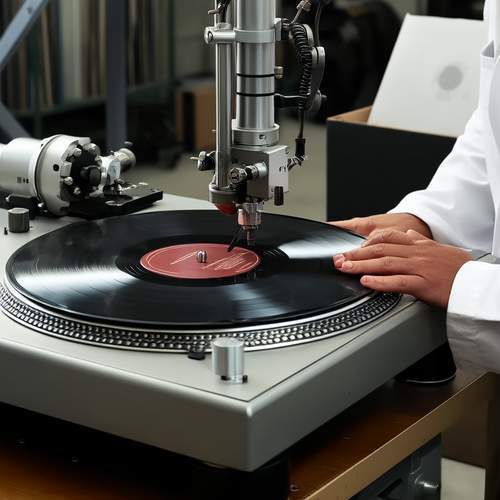
By /May 30, 2025
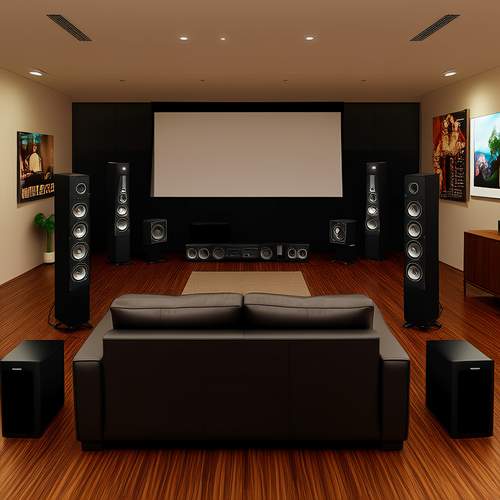
By /May 30, 2025
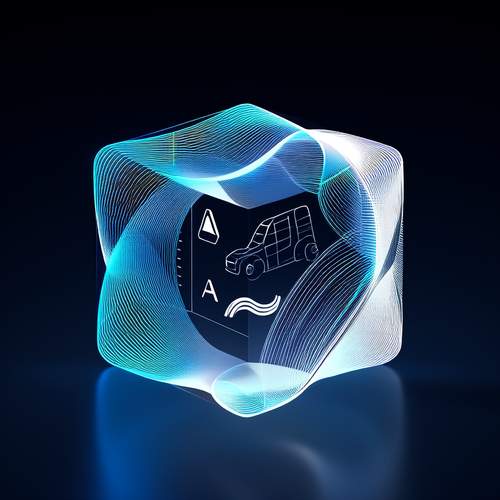
By /May 30, 2025
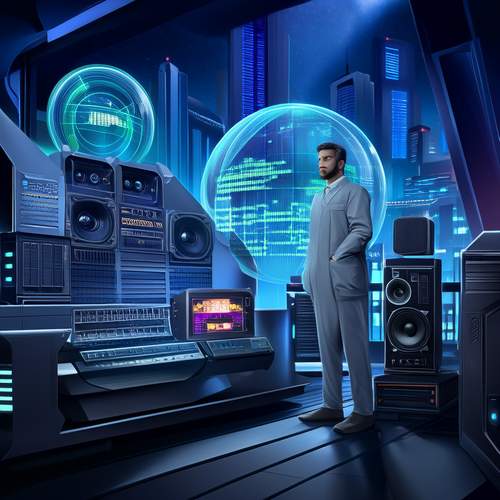
By /May 30, 2025
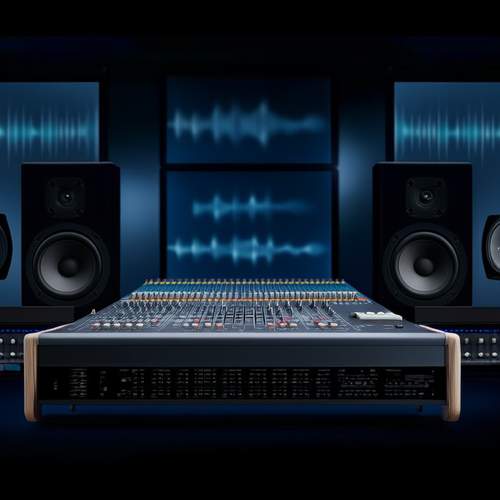
By /May 30, 2025
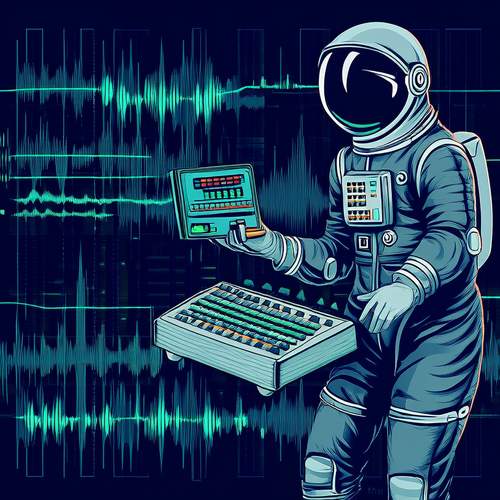
By /May 30, 2025